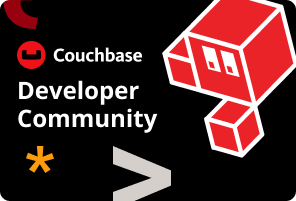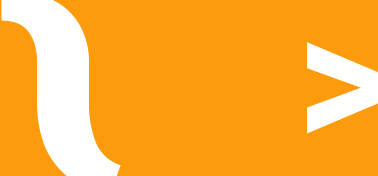COMPARE
Couchbase vs. Memcached
Compare Couchbase and Memcached to see how Couchbase adds persistence, replication, querying, and scalability beyond simple key-value caching.
- What’s included
- In-memory caching
- Scaling/sharding/clustering
- Persistent storage option
- Data access: SQL
- Data access: text search
- Data access: vector
- Mobile capabilities
- Role-based access control
- Cross data center replication (XDCR)
- Couchbase
- Memcached
CUSTOMERS
What customers are saying
-
"Couchbase is a highly scalable, distributed data store that plays a critical role in LinkedIn’s caching systems."
Michael Kehoe, Senior SRE, LinkedIn10+ million queries per second<4 ms average latency for 2.5B+ items -
"Couchbase was able to embrace with us our vision to the cloud."
Vincent Bersin, Manager, NoSQL Solutions, Amadeus20 million operations per second<2.5 ms response times
Memcached frequently asked questions
Common questions and answers about memcached and Couchbase
-
Difference between memcache vs. memcached?
Nothing. “memcache” is the software, “memcached” is the daemon program name. Most people now just say “memcached” for both due to naming convention and common usage.
-
How do you pronounce memcached?
Is it memcached (as in “I just cached it”) or is it memcache-dee? Both are used widely in technical circles, but if you hold to its UNIX roots, you would pronounce it “memcache-dee.”
-
Does Couchbase support memcached?
Couchbase once supported memcached-compatible buckets – still possible, but now deprecated and not recommended for new projects.
-
What should I use instead of memcached buckets?
If you want memory-only storage, use an Ephemeral bucket. If you want memory-first with persistence to disk, use a Couchbase bucket.






